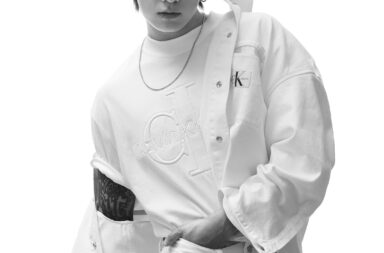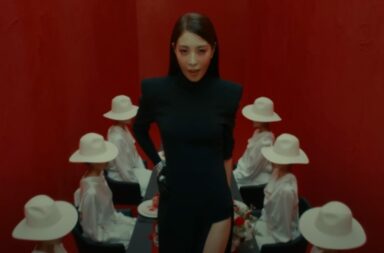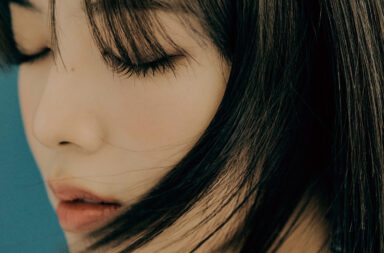
2000 was a noteworthy year in the history of K-pop. First-generation giants Sechskies and Turbo disbanded. Seo Taiji made his long-awaited return to South Korea, shaking up the music scene with his massively successful nu metal (yes, that’s a genre) album Ultramania. JYP Entertainment had a blockbuster year, as g.o.d climbed the charts with “Lies” and Park Ji-yoon released the iconic “Coming of Age Ceremony”.
But in hindsight, perhaps the most notable music event of 2000 was the moderately successful debut of a thirteen-year-old from SM Entertainment. While ID; Peace B may not have been a smash hit, it introduced a woman who would become one of South Korea’s most enduring and influential artists: BoA.
This August marks twenty years since that debut. Given BoA’s continuing activity and relevance in the notoriously fickle K-pop industry, it feels like an extraordinary accomplishment. Two notable BoA songs, “Girls on Top” and “Hurricane Venus”, are also celebrating anniversaries this summer, fifteen and ten years from release respectively. These tracks are worth revisiting not just for their lasting quality, but also because they exemplify BoA’s unique appeal and singular presence in K-pop.
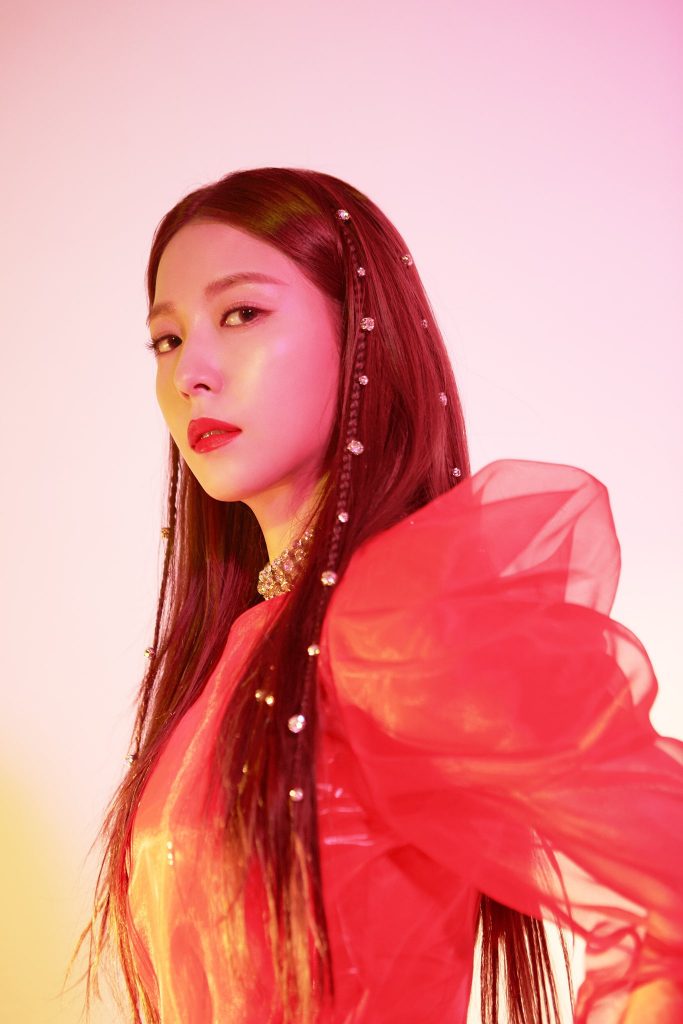
“Girls on Top” and “Hurricane Venus” are very different songs, which is part of the point. Throughout her long career, BoA has never repeated or recycled concepts, instead using her formidable talents to tackle a wide variety of aesthetics and musical styles with aplomb. This refusal to be boxed in is reflected, quite literally, in the similar storylines which run through the MVs of “Girls on Top” and “Hurricane Venus”. In both, BoA begins the video trapped in a transparent box, examined by and at the mercy of several menacing figures. However, it isn’t long before she breaks out and takes control.
It is a deeply fitting metaphor for an idol who has not only consistently rejected limitations on her artistry, but also refused to be commercially restricted to South Korea. Arguably BoA’s greatest accomplishment in the context of K-pop as a whole is her success in Japan, starting with the release of Listen to My Heart in 2002. It was a breakthrough moment not just for her, but for the K-pop industry, opening a door to the Japanese market through which countless other idols have bounded through. While the dynamics of K-pop in Japan continue to be complicated and often contentious, there is no denying the importance of the popularity generated and money accumulated by K-pop artists in Japan.
BoA also made a far less successful, but notably early attempt at the American market. Luckily, even starring in a half-baked Step Up rip-off couldn’t dim BoA’s shine. “Girls on Top” and “Hurricane Venus” demonstrate why, showcasing BoA’s magnetic and distinctive persona in dissimilar but equally impactful ways.
“Girls on Top”, released all the way back in 2005, is electrifyingly unabashed in its feminism. Its specific box imagery conveys a powerful message about rejecting unwanted sexualization. Initially, a strikingly young and skimpily dressed BoA cowers in a glass box, while older men leer at her from beyond the walls that trap her. After she breaks out of the box, the men end up in it, the predators becoming the prey.
Given that she started performing professionally at age thirteen, it would seem like a given that BoA would not have been sexualized upon debut. However, music industries across the world are infamous for not showing such consideration to their female artists. In K-pop, HyunA, who debuted at fourteen, comes to mind as an idol who was almost instantly presented in a sexual light, despite her young age. While HyunA has come to own her sexy persona in a delightful way, it is still regrettable that she was sexualized when she was literally a child.
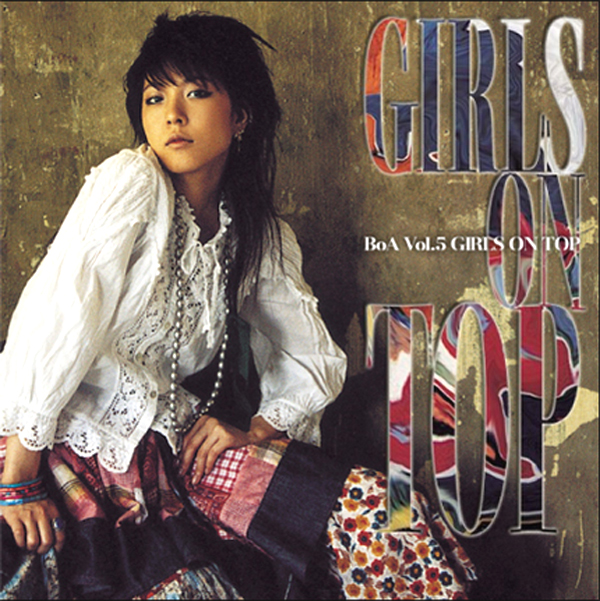
Consequently, the fact that BoA was not gratuitously sexualized during her debut, or anytime after that in her long career, is truly noteworthy. When she explores more sensual concepts, it is always in a way that feels self-directed and owned, and firmly emphasizes her musical talents over her desirability. She has done this while whole-heartedly embracing her identity as a woman; it is no mistake that both the titles of “Girls on Top” and “Hurricane Venus” overtly reference her sex. BoA’s image as an unapologetically empowered woman who plays by her own rules, relishing her skills and beauty in equal measure, is a big part of what makes her so special. Seen in the context of this extraordinary track record, the narrative of “Girls on Top” feels triumphant in its mirroring of BoA’s real-life accomplishment.
Besides its memorable storyline, “Girls on Top” is notable for the scathing indictment of patriarchy that dominates its lyrics. The song opens with the line “Everything forces me to be feminine”, and that is just the tip of the iceberg. One particularly memorable segment goes:
Don’t expect a woman who hides in the shade
Sexy, calm, boredom in forever knowing only one man
That is rightly an illusion, of every man’s interest
If that wasn’t enough, a verse delivered by an unidentified male rapper basically calls all men greedy meatheads. “Girls on Top” packs a ferocious girl-power punch, to the point where it feels like something that might generate significant backlash from certain anti-feminist K-pop fans if it were released now. For the rest of us, it is this exact righteous rage that makes “Girls on Top” feel as relevant and refreshingly radical today as when it came out fifteen years ago.

One of BoA’s signature qualities is her seeming willingness to try anything and everything. It seems fair to assume that her faith in her own abilities and charisma buoys this experimental spirit. This approach has largely benefited BoA, keeping her music and visuals fresh and unrepetitive, if occasionally a little kooky. The MV for “Girls on Top” is no exception. The video is full of intriguing but woefully unexplained elements. These include involving an accessorized glass pipe-looking thing (you have to see it to believe it), a b-plot where BoA waits for a boisterous group of friends, and a jarring conclusion in which BoA is abruptly in hanbok, singing acapella in the countryside.
The off-kilter vibe of these sequences could indicate that large parts of the MV, including its main storyline, are meant to come off as a dream sequence. However, this is never definitively confirmed. Therefore, what can be confidently said is that these moments give “Girls on Top” vitality, keeping viewers on their toes, but they also distract from the MV’s engaging primary narrative and dynamic dance sequences. Taken as a whole, the experimental components in “Girls on Top” show both the pros and cons of BoA’s risk-taking tendencies.
“Hurricane Venus”, which came five years after “Girls on Top”, is also full of far-out ideas, but in a more cohesive way than its predecessor. In a word, “Hurricane Venus” is futuristic. Its sound is dominated by autotune and its look by visual effects and outlandish styling. Some of this comes across as lazily conceived and poorly executed. However, the box sequence in “Hurricane Venus” showcases its experimental qualities as their best.
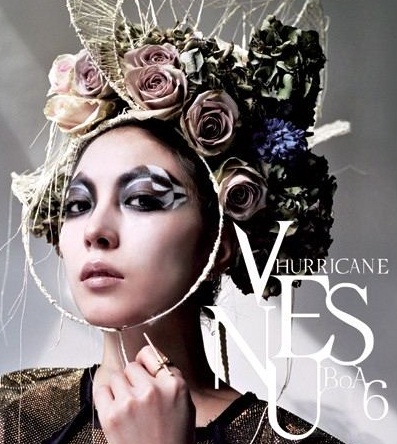
Dressed in ethereal white with some pretty fabulous sparkly makeup, BoA is trapped in a transparent box at the start of “Hurricane Venus”, encircled by ominous figures in red. Then, white feathers begin to float around her and she lifts off, flying effortlessly out of her confinement. It is a memorable sequence that seems to directly reference BoA’s by then confirmed iconic status in K-pop. “Hurricane Venus” was released as part of her tenth anniversary celebrations, and the MV’s imagery makes her near-mythic presence in her industry into literal visual fact.
“Hurricane Venus” is sadly not anywhere near as lyrically exceptional as “Girls on Top”. “Electronic Manic Supersonic Bionic Energy” is simply not topping the list for most thought-provoking lyrics of all time. Still, “Hurricane Venus” has an admirably forceful tone, so while BoA may not be in her full eloquently furious feminist glory here, she is still no wilting flower.
The most memorable part of “Hurricane Venus” is its powerful choreography. The MV wisely capitalizes on this, filling much of its run time with dance sequences. The choreo feels designed to highlight BoA’s much-lauded strengths as a dancer, tapping into her sharpness, athleticism, and performative conviction. She makes moves that verge on the absurd look cool, and executes some truly jaw-dropping body locks and isolations. While “Hurricane Venus” is not a home run for BoA, it feels right that its most excellent component is a reflection of her raw talent, the thing which more than any other, is responsible for her tremendous success.
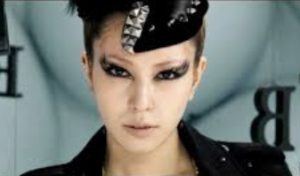
Neither “Girls on Top” or “Hurricane Venus” are immune to the ravages of time. The styling choices, in particular, are often painful for current-day eyes to behold. The mullet in “Girls on Top” and a number of craft-project-looking hair pieces in “Hurricane Venus” come to mind as particularly unfortunate examples of fashion choices gone very wrong. “Hurricane Venus” also suffers from outdated visual effects, some of which now land with a painful clunk.
Despite this, both of these songs and their MVs remain undeniably engaging, a true testament to their base quality and to BoA’s timeless appeal. Twenty years since she vocal-ran her way into K-pop, BoA remains an utterly unique presence in the industry, bringing her stunning talents, empowered womanhood, and ever-ready spirit of experimentation to each of her releases. “Girls on Top” and “Hurricane Venus” are just two entries in her large collection of iconic tracks, but they serve as compelling evidence of their artist’s versatility and singularity. Like BoA herself, they are simultaneously classic and contemporary, brilliant and compellingly flawed, and most of all, completely unforgettable.
(YouTube. Lyrics via YouTube[1][2]. Images via SM Entertainment.)
